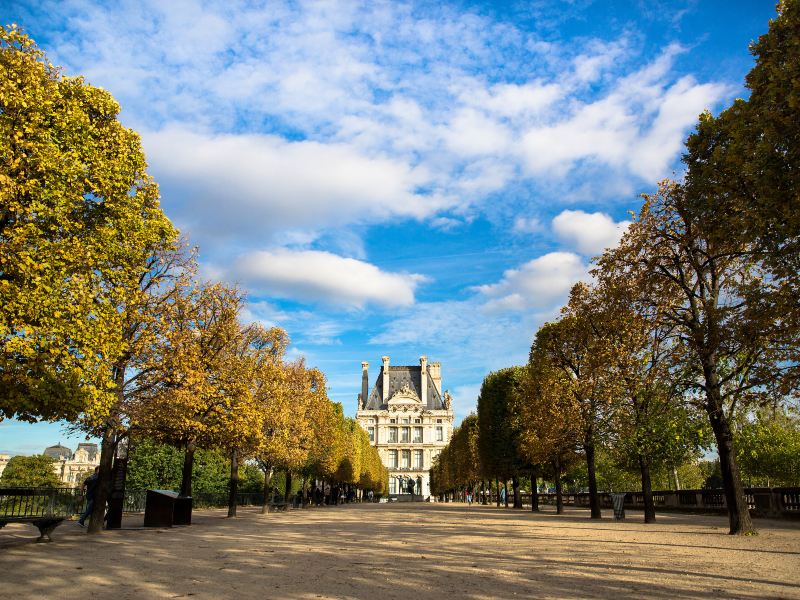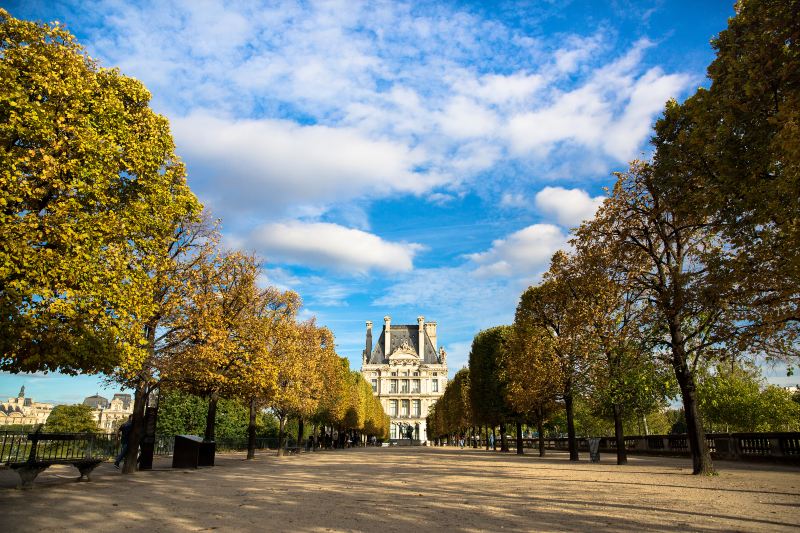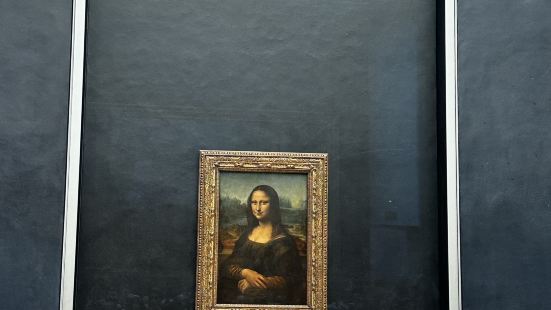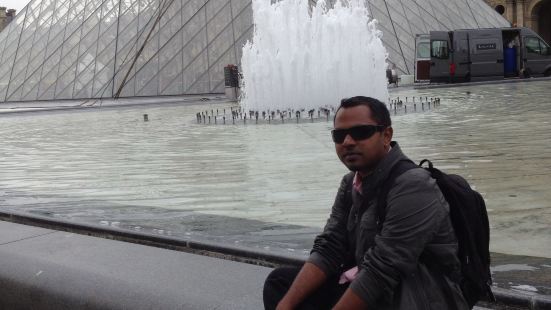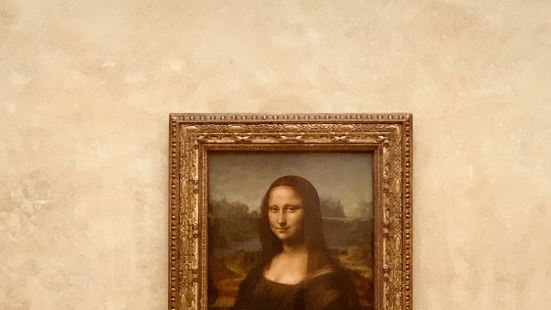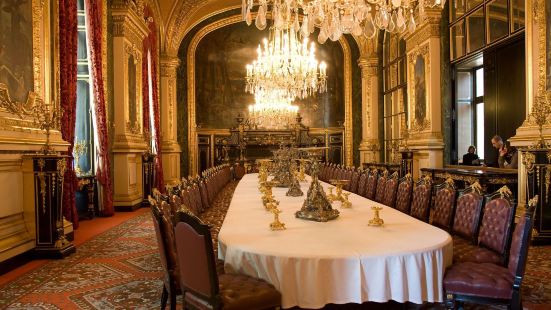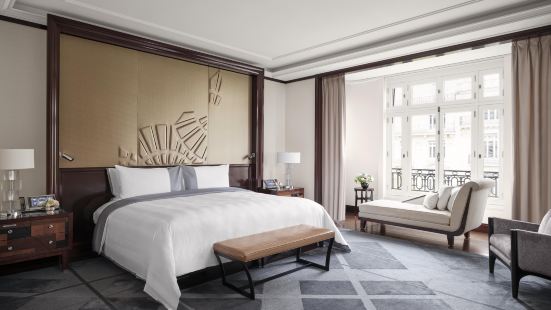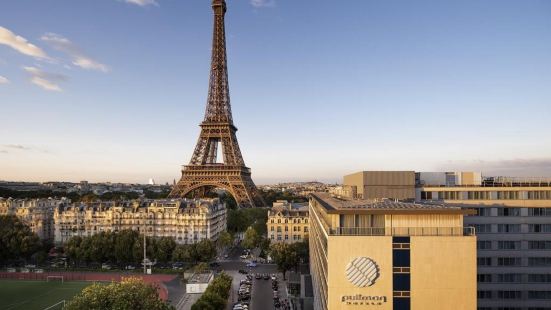Photos of Louvre Museum
<p>·Enjoy the charm of the locations where the movies "Phantom of the Louvre" and "The Da Vinci Code" were filmed</p><p>·Appreciate the gorgeous treasures of ancient Greece, ancient Rome, ancient Egypt and other civilizations</p><p>·Visit the giant glass pyramid that combines classical palaces with modern architectural styles</p><p><img src="https://youimg1.c-ctrip.com/target/100t0p000000fiqix4C01.jpg"></p><p><img src="https://youimg1.c-ctrip.com/target/1003060000001fcqr4203.jpg"></p><p><br></p><p>The Louvre Museum was founded in 1204. The castle has undergone many expansions and was converted into a museum after the French Revolution. It is also known as the three major museums in the world together with the British Museum in London and the Metropolitan Museum in New York. Today, the Louvre Museum has a collection of 400,000 items spanning more than 1,500 years. The Louvre Museum usually displays 10% of its total collection which will feast your eyes.</p><p>"Three Treasures of the Louvre": "Venus de Milo", "Mona Lisa" and " The Winged Victory of Samothrace".</p><p><br></p><p><img src="https://dimg04.c-ctrip.com/images/35061b000001b5jqhE0CB.jpg"></p><p>△ The Louvre’s gallery of antiquities, which replaced the royal apartments, displays masterpieces of Greek sculpture – including the famous Venus de Milo. You would need a heart of stone not to be moved by her grace!</p><p><strong>Aphrodite or Amphitrite?</strong></p><p>When she first arrived at the Louvre, it was suggested that her missing arms should be restored, but the idea was eventually abandoned for fear of changing the nature of the work.</p><p>The lack of arms made it hard to identify the statue. Many depictions of Greek gods and goddesses contain clues to their identity in the form of ‘attributes’ (objects or natural elements) held in their hands, so this sculpture poses a problem: is she the sea goddess Amphitrite, particularly worshipped on the island of Melos? Or is she Aphrodite, the goddess of beauty, as might be suggested by her sensual, half-naked body? This second argument, and the jewellery she once wore, tipped the scales in favour of Aphrodite (‘Venus’ for the Romans). Another possible clue was found near the statue: a hand holding an apple – an attribute of Aphrodite – carved from the same Parian marble.</p><p><br></p><p><img src="https://dimg04.c-ctrip.com/images/350t1b000001b4z4vD0CB.jpg"></p><p>△ This is the most famous portrait in the world. It shows Lisa Gherardini, wife of the Florentine silk merchant Francesco del Giocondo – hence her Italian name La Gioconda and her French name La Joconde. Painted against a distant landscape, she stares out at us with her famously enigmatic smile...</p><p><strong>The theft of the century</strong></p><p>On 21 August 1911, panic broke out at the Louvre…the Mona Lisa had disappeared! The news spread like wildfire and generous rewards were promised for her return – but all in vain. Nothing was heard of the painting for over two years. Then one day, Vincenzo Peruggia, a glazier who had worked at the Louvre, tried to sell the world’s most famous painting to an Italian art dealer...who alerted the authorities. So the Mona Lisa was recovered – and her fame was all the greater.</p><p><br></p><p><img src="https://dimg04.c-ctrip.com/images/1lo6o12000coqrq0u770E.png"></p><p>△ She seems to float through the air! Placed at a height, people could see her from afar. It was made as an offering to the gods for a sanctuary on the Greek island of Samothrace. Placed at a height, people could see her from afar. That is why, in a nod to her original lofty home, she now adorns the top of the Daru staircase. Nike, the winged goddess who heralds victory, is seen just as she is about to alight on a ship.</p><p><strong>A monumental staircase</strong></p><p>The Daru staircase is the perfect setting for this extraordinary display. It is one of six grand staircases built during the Second Empire in the 19th century by the architect Hector Lefuel.</p><p>During the 1850s and 1860s, major works were underway to expand the Louvre and make it more modern. The former palace had already been partially transformed into a museum. The emperor Napoleon III had a new wing built to make more room to showcase more art. The old staircase built by his uncle Napoleon I was no longer adequate to access all the galleries. The only things left from that time are the ceilings leading to the Italian painting collections and the name Daru, a minister under Napoleon I.</p><p>Hector Lefuel took up the challenge to design a new monumental space on three levels leading in four different directions. Visitors could choose themselves which way to go!</p><p>The Winged Victory of Samothrace was placed in her new home on the upper landing in 1883, some 20 years after the statue was discovered. </p>

 Bobo0692
Bobo0692